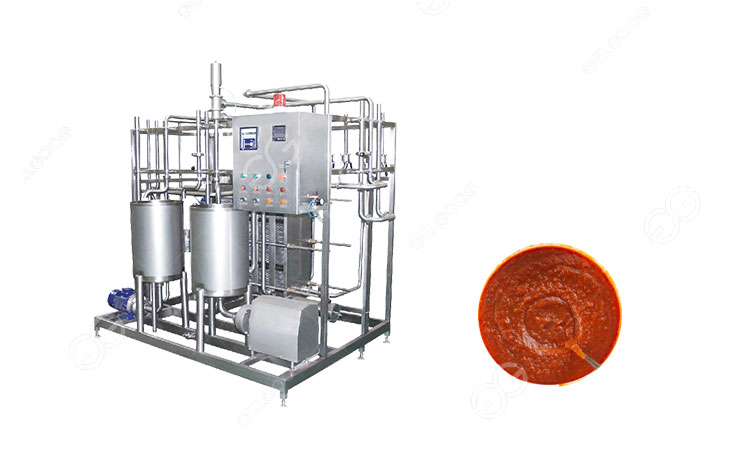How Do You Pasteurize Tomato Sauce?
Pasteurizing tomato sauce is a crucial step in ensuring its safety, longevity, and quality. Pasteurization involves heating the sauce to a specific temperature for a set duration to kill harmful microorganisms, enzymes, and bacteria. But how do you pasteurize tomato sauce? While there are various methods to pasteurize tomato sauce, using professional pasteurizer machines offers a precise and efficient solution.
Why pasteurize tomato sauce?
Pasteurization is a heat treatment process that was pioneered by louis pasteur in the 19th century. The primary goal is to eliminate or reduce harmful microorganisms present in food, preventing spoilage and ensuring safety for consumers. In the case of tomato sauce, pasteurization helps to:
Ensure safety: Tomato sauce is an ideal breeding ground for bacteria, molds, and yeasts due to its acidity and moisture content. Pasteurization eliminates these microorganisms, reducing the risk of foodborne illnesses.
Extend shelf life: By destroying spoilage organisms, pasteurization significantly extends the shelf life of tomato sauce. This is particularly important for commercial producers who need to store and distribute their products over extended periods.
Preserve quality: Heat treatment not only kills harmful microorganisms but also deactivates enzymes that can cause the degradation of color, flavor, and texture in tomato sauce. Pasteurization helps maintain the sauce's sensory attributes.
The pasteurization process
Pasteurizing tomato sauce involves carefully heating it to a specific temperature and holding it at that temperature for a predetermined time. The recommended temperature for pasteurizing tomato sauce is typically between 180°f (82°c) and 185°f (85°c). The duration of the process depends on the specific requirements of the product and can range from a few minutes to half an hour.
The process can be summarized in the following steps:
Preparation: Ensure the tomato sauce is properly prepared and filtered to remove any solid particles that may interfere with the pasteurization process.
Filling: Fill the tomato sauce into containers, leaving adequate headspace to allow for expansion during the heating process.
Heating: Place the containers in the pasteurizer machine, and gradually raise the temperature of the tomato sauce to the desired level. The machine will regulate the heating process to ensure uniformity.
Holding: Maintain the tomato sauce at the target temperature for the specified duration. This step is critical to ensure all harmful microorganisms are effectively destroyed.
Cooling: After the holding period, rapidly cool the tomato sauce to a temperature suitable for storage. This prevents overcooking and preserves the sauce's quality.
Pasteurizer machines are specialized equipment designed to efficiently and accurately carry out the pasteurization process. These machines offer several advantages:

Precision control: Pasteurizers provide precise temperature control, ensuring that the tomato sauce is heated and held at the required temperature for the correct duration.
Uniform heating: These machines are equipped with features to ensure uniform heating throughout the product, preventing hot spots and ensuring the entire batch is effectively pasteurized.
Time efficiency: The machines are designed for efficiency, allowing producers to process large quantities of tomato sauce in a relatively short time, enhancing productivity.
Pasteurizing tomato sauce is a crucial step in the food production process, providing safety, extending shelf life, and preserving quality.
